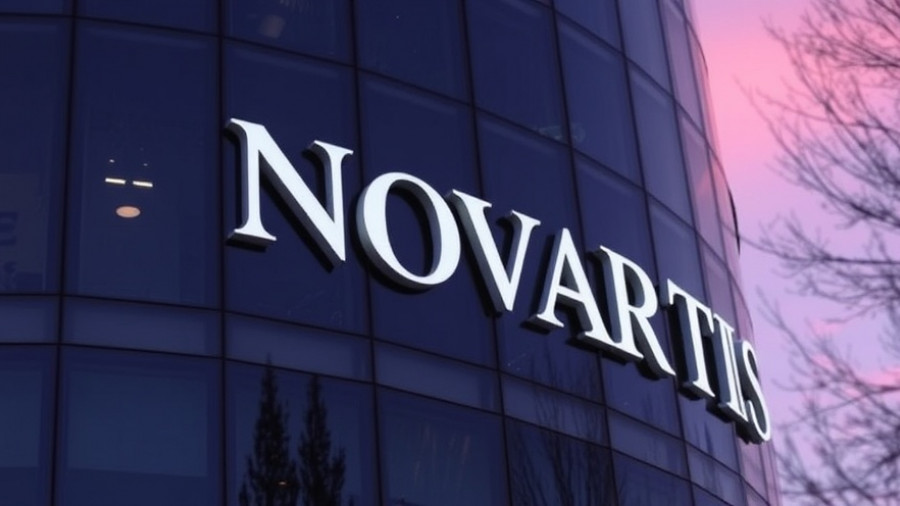
Novartis and Avidity: A Transformative Deal in Biotech
In a move that has sent shockwaves through the biotech industry, Novartis has acquired Avidity Biosciences for a staggering $12 billion. This historic deal, marking Novartis's most significant acquisition in over a decade, reflects a strategic push to fortify its drug pipeline amidst growing competition from generic medications and the pressing need for innovative therapies.
Market Response: Divergent Paths for Novartis and Avidity
Following the announcement, Novartis shares experienced a decline of 1.5%, while Avidity's stock skyrocketed by 44%. Analysts are pondering the timing of this acquisition, especially as it precedes critical late-stage data on Avidity's treatment for muscle disorders expected to be released in the coming year. The premium of 46% on Avidity's share price demonstrates Novartis's commitment to bolstering its pipeline, but raises questions about their strategy amidst looming FDA decisions and competitive pressures.
Strategic Implications of the Acquisition
The integration of Avidity’s proprietary RNA technologies into Novartis' portfolio aligns with a broader trend in the pharmaceutical sector, where companies are racing to secure innovative treatments to address evolving healthcare needs. Novartis's CEO, Vas Narasimhan, defended the acquisition, stating it was an “appropriate risk to take,” indicating a willingness to invest heavily in Avidity’s potential despite the uncertain timing of data releases.
Broader Trends in Biotech Mergers and Acquisitions
This acquisition signals a renewed vigor in biotech M&A, potentially due to the lower current valuations in the market and more favorable drug pricing agreements post-reform. As seen in this deal, companies such as Johnson & Johnson have already made substantial moves in 2025, with their own $14.6 billion acquisition earlier this year. These transactions hint at a possible trend towards consolidation in the biotech space, as firms aim to stay competitive amid impending patent expirations on blockbuster medications.
What This Means for Pharmaceutical Sales Professionals
For pharmaceutical sales representatives and executives, this event emphasizes the necessity of staying informed on evolving corporate strategies and pipeline developments. With Novartis poised to incorporate multiple innovative therapies aimed at rare diseases, there lies a significant opportunity for increased collaboration between sales teams and medical affairs as they navigate changes in product offerings and positioning.
Conclusion: Navigating Future Challenges in Pharma
In the wake of Novartis's aggressive strategic moves, stakeholders should prepare for shifting dynamics within the pharmaceutical marketplace. As sales reps and healthcare leaders adapt, focusing on comprehensive drug knowledge, effective communication skills, and strong relationships with healthcare providers will be essential for success.
As the industry prepares for future challenges, now is the time to reflect on how these changes might impact sales strategies and business models. By understanding the implications of such acquisitions, professionals can better position themselves for upcoming trends in drug launches and market access strategies.
 Add Row
Add Row  Add
Add 




Write A Comment